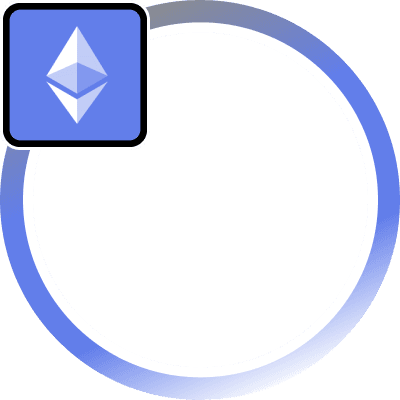Overview
The Cross-Chain Transfer Protocol (CCTP), developed by Circle, is a permissionless on-chain utility designed to facilitate the transfer of USDC (USD Coin) between distinct blockchain networks. CCTP leverages a native burn-and-mint process, enhancing capital efficiency and minimizing trust assumptions. This protocol addresses the limitations of traditional cross-chain transfer methods, such as lock-and-mint bridges, by providing a secure, streamlined, and composable solution for multi-chain applications.
Design and Functionality
Problem Addressed
Blockchains often operate in isolated environments, making interoperability a significant challenge. Traditional bridges use methods like lock-and-mint or liquidity pools, which can introduce security risks and inefficiencies. These methods often require large amounts of USDC to be locked in smart contracts, leading to fragmented liquidity and additional trust requirements.
Burn-and-Mint Mechanism
CCTP’s core innovation is its burn-and-mint mechanism, which replaces the traditional lock-and-mint approach. Here’s how it works:
- Initiation: A user initiates a transfer of USDC from a source blockchain to a destination blockchain through an application integrated with CCTP.
- Burning on Source Chain: The application burns the specified amount of USDC on the source chain.
- Attestation: Circle observes the burn event and issues an attestation, which is a proof that the burn has occurred.
- Minting on Destination Chain: The application uses the attestation to mint an equivalent amount of USDC on the destination chain, transferring it to the recipient’s wallet.
This process ensures that the USDC remains fully backed and fungible across all supported chains without creating synthetic versions of the token.
Supported Blockchains and Integrations
CCTP is available on multiple blockchains where USDC is natively issued, including Ethereum, Avalanche, Solana, and others. It is integrated with leading wallets, bridges, and infrastructure providers, such as MetaMask, XDEFI Wallet, and various bridge platforms.





